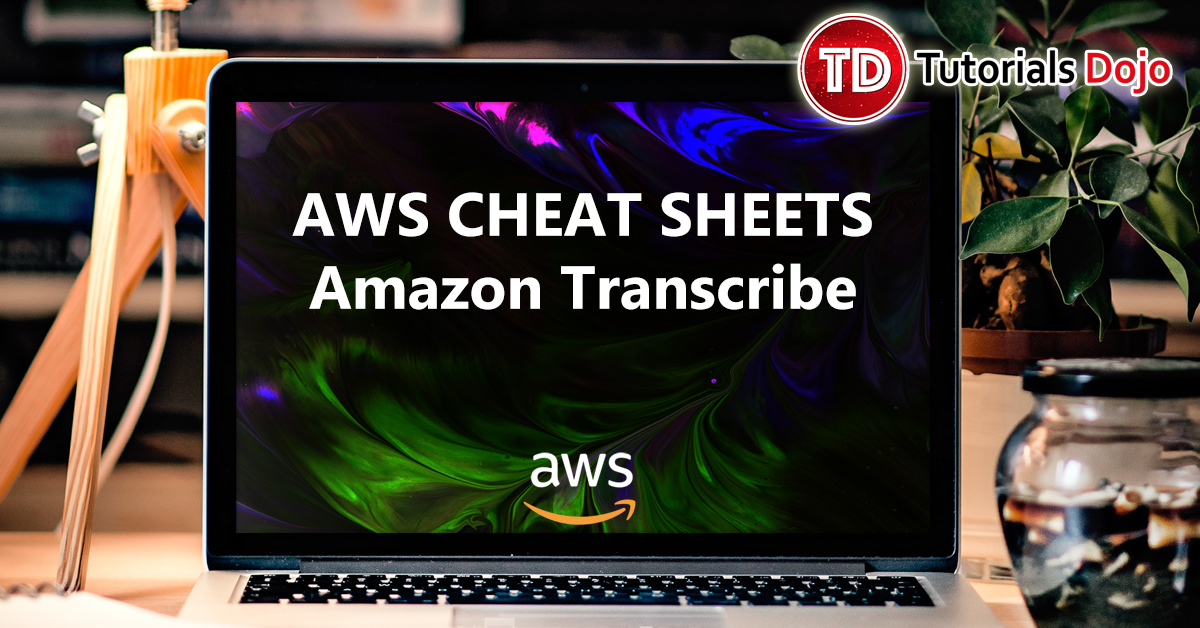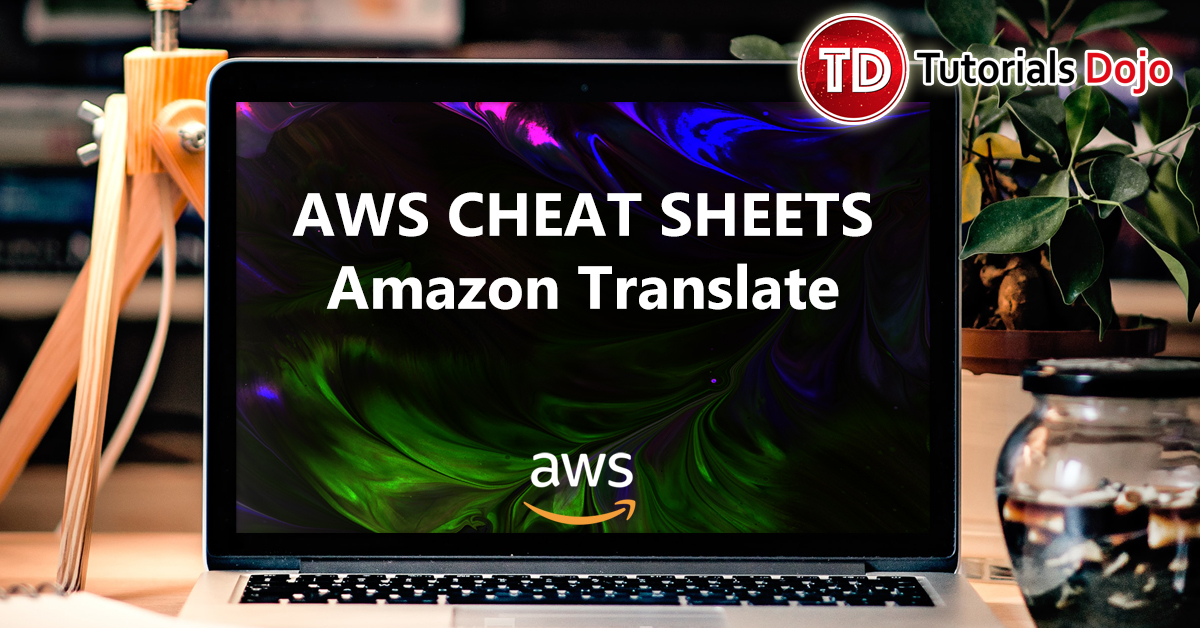Amazon Transcribe
Carlo Acebedo2024-11-14T06:02:04+00:00Amazon Transcribe Cheat Sheet A fully managed automatic speech recognition (ASR) service. Converts speech into text. It supports a wide variety of audio coding formats such as WAV, MP3, MP4, FLAC, AMR, AMR-WB, Ogg, and WebM. It can process batch and streaming transcriptions. Common Use Cases Transcribing customer calls Meeting transcription Closed captioning Generating metadata to create a searchable archive Concepts A confidence score is between 0 and 100, indicating the probability that a given prediction is correct. Low-fidelity (lo-fi) is a term used to describe audio recordings that exhibit poor sound quality. The term high-fidelity refers to high-quality audio [...]










